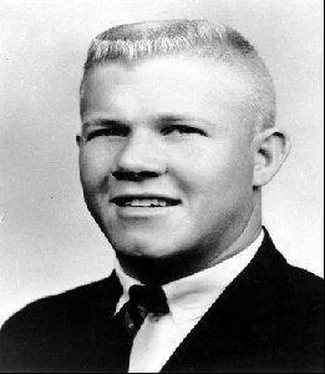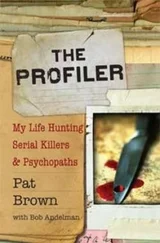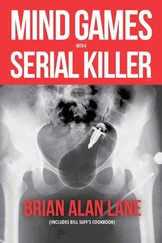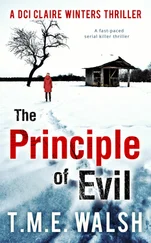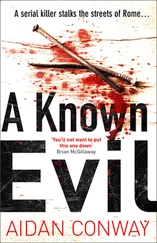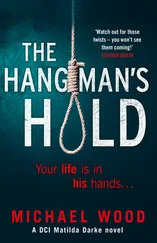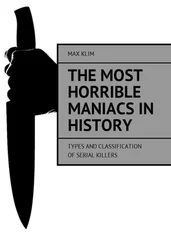Kathleen Grundy's daughter, Angela Woodruff, a lawyer, became concerned when Solicitor Brian Burgess informed her that a will had been produced, apparently by her mother, but that there were doubts about its authenticity. The will expelled Woodruff and her children, but left £386,000 to Dr. Shipman. Burgess told Woodruff to report it and went to the police, who then commenced an investigation. Grundy's body was exhumed, and when examined, found to contain traces of Diamorphine, also known as heroin, which is often used for controlling pain in terminal cancer patients. Shipman was arrested on September 7, 1998, and was found to own a typewriter of the variety used to make the forged will.
The police then investigated other deaths Shipman had certified, and produced a list of fifteen sampling cases to investigate. They discovered a deadly pattern. Shipman would administer lethal overdoses of Diamorphine, sign patients' death certificates, and then forge medical records indicating that the patients had been in poor health.
Trial, Sentencing
On October 5, 1999, Shipman's trial began. He was charged with the murders of Marie West, Ivy Lomas, Irene Turner, Lizzie Adams, Muriel Grimshaw, Jean Lilley, Marie Quinn, Bianka Pomfret, Kathleen Wagstaff, Norah Nuttall, Pamela Hillier, Maureen Ward, Joan Melia Winifred Mellor, and Kathleen Grundy, all of whom had died between 1995 and 1998. After six days of deliberation, the jury found Shipman guilty of killing all fifteen of his patients by lethal injections of Diamorphine, and of forging the will of Kathleen Grundy. The trial judge sentenced him to fifteen successive life sentences and recommended that he never be released. Shipman also received four years for forging the will.
Shipman consistently denied his guilt, disputing the scientific facts against him. His defense tried and failed to have the count of murder of Mrs. Grundy, where a clear intention was alleged, tried separately from the others, where no noticeable motive was apparent. His wife, Primrose, denied his crimes as well. Although countless other cases could have been brought to court, the authorities concluded it would be hard to have a fair trial in view of the massive publicity surrounding the original trial. In addition, given the sentences from the first trial, an added trial was unnecessary. The Shipman Inquiry concluded that Shipman was probability responsible for about 218 deaths.
Shipman is the only doctor in British history to be found guilty of killing his patients.
According to historian Pamela Cullen, Dr. Adams had also been a serial killer, potentially killing up to 165 of his patients between 1946 and 1956, and it is projected he may have killed over 450 people, but as he was found not guilty, there was no movement to scrutinize the flaws in the system until the Shipman case. Had these matters been addressed earlier, it might have been more difficult for Shipman to commit his crimes.
Death
In the early morning of January 13, 2004, on the eve of his fifty-eighth birthday, a Prison Service statement from Wakefield Prison indicated that former doctor Shipman had hanged himself from the window bars of his cell using bed sheets. Some British tabloids articulated delight at his suicide and encouraged other serial killers to follow his example.
Some of the victims' families said they felt cheated as his suicide meant they would never have the satisfaction of Shipman's declaration of guilt, or answers as to why he committed his crimes. The Home Secretary, Mr. David Blunkett, noted that celebration was tempting, and said, "You wake up and you receive a call telling you Shipman has topped himself and you think, is it too early to open a bottle? And then you discover that everybody's very upset that he's done it."
Despite the Sun's celebration of Shipman's suicide, his death divided national newspapers, with the Daily Mirror branding him a "cold coward," and condemning the Prison Service for allowing his suicide to happen. The Independent, on the other hand, called for the inquiry into Shipman's suicide to look more widely at the state of Britain's prisons as well as the welfare of inmates. In The Guardian, an article by Sir David Ramsbotham (former Chief Inspector of Prisons) recommended that whole life sentences be replaced by imprecise sentences as these would give prisoners the hope of ultimate release, lessen the risk of their committing suicide, and potentially make the management of prisoners easier for prison officials.
Shipman's motive for suicide was never well known, but he had reportedly told his probation officer that he was considering suicide so his widow could receive a National Health Service (NHS) pension and lump sum, even though he had been stripped of his own pension. His wife received a full NHS pension, to which she would not have been entitled if he had died after the age of sixty.
Shipman had been encouraged to enroll in courses which would have coaxed him to confess his guilt. After refusing, he became emotional and close to tears when privileges, including the opportunity to telephone his wife, were revoked. These privileges had been returned the week before the suicide. Additionally, Primrose, who had consistently believed that Shipman was innocent, might have begun to suspect his guilt. According to Shipman's ex-cellmate, Tony Fleming, Primrose wrote her husband a letter exhorting him to "tell me everything, no matter what.”
After Effects
In January of 2001, Chris Gregg, a senior West Yorkshire detective, was chosen to direct an investigation into twenty-two of the West Yorkshire deaths. His report into Shipman's activities, submitted in July of 2002, concluded that Shipman had killed at least 215 of his patients between 1975 and 1998, during which time he practiced in Todmorden, West Yorkshire (1974–1975), and Hyde, Greater Manchester (1977–1998). Dame Janet Smith, the judge who tendered the report, admitted that several deaths that were more suspicious could not be definitively attributed to him. Most of his victims were elderly women in good health.
In her final report, issued January 24, 2005, Judge Smith concluded the probable number of Shipman's victims between 1971 and 1998 to be approximately 250. However, in total, 459 people died while under his care, and it is unclear how many of those were Shipman's victims, as he was often the only doctor to certify a death.
The Shipman Inquiry also recommended changes to the structure of the General Medical Council. They charged six doctors who signed cremation forms for Shipman's victims with misconduct, claiming they should have noticed the connection between Shipman's home visits and his patients' deaths. Not all these doctors were found guilty, however. Shipman's widow, Primrose Shipman, was called to give verification about two of the deaths during the inquiry. She continued to maintain her husband's innocence both before and after the prosecution.
Dr. H.H. Holmes
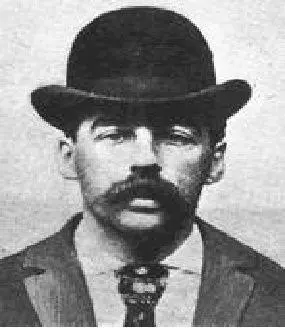
Born: May 16, 1861
Place: New Hampshire, USA
Killing Span: 1888–1894
Number of Killings: 27-200
Captured: November 17, 1894
Background
Born Herman Webster Mudgett, but better known under the alias of Dr. Henry Howard Holmes, or Dr. H.H. Holmes. Holmes was a former doctor, and American Serial Killer.
Both Holmes’ parents, Theodate Page Price and Levi Horton Mudgett, came from the first non-native settlers in the area of New Hampshire. His father was a sadistic alcoholic and his mother a spiritual Methodist who read the Bible to Herman. When he was a youth, he claimed his schoolmates made him view and touch a human skeleton after they discovered he had a fear of the local doctor. Originally, the bullies brought him to the skeleton to frighten him, but Holmes was instead completely captivated by it, and soon became fanatically interested by death.
Читать дальше
